1. RadioShack
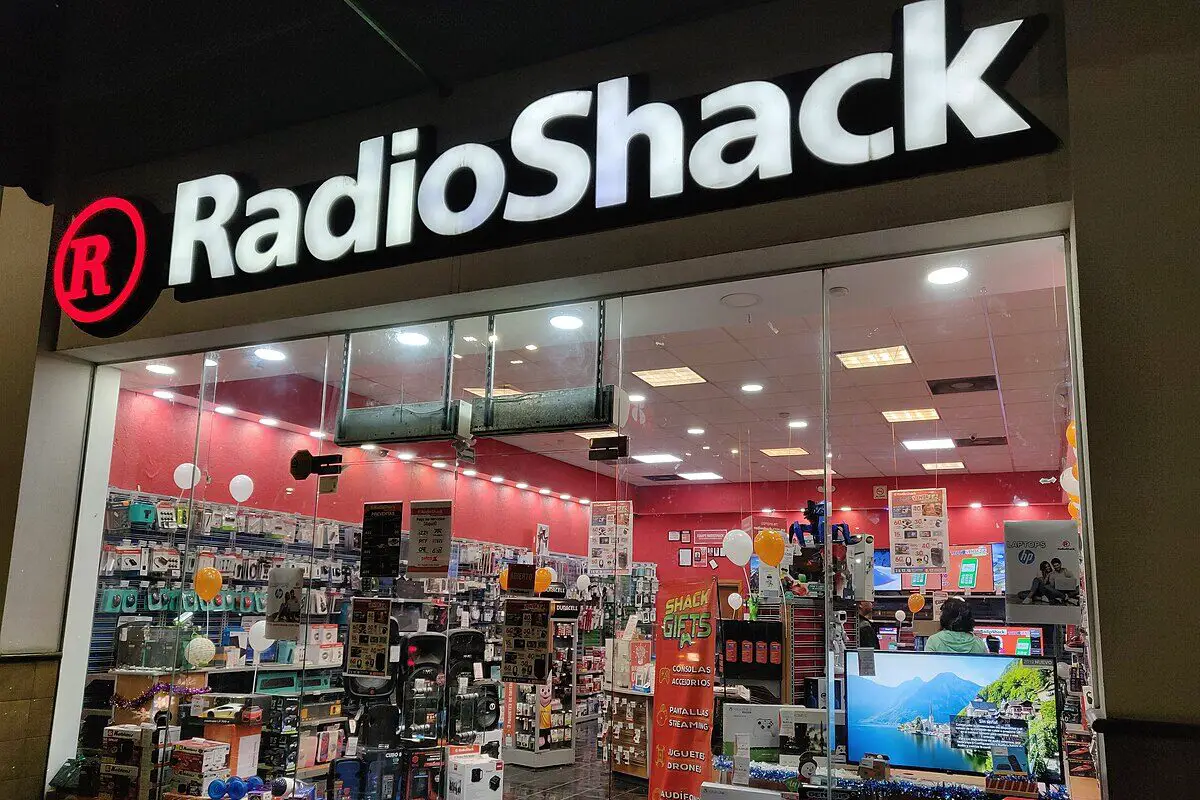
RadioShack was the go-to spot for tech tinkerers and hobbyists for much of the 20th century. If you needed a cable, a transistor, or just some advice on your DIY project, this was the place. But as technology evolved, fewer people needed its niche products, and big-box stores took over. By the 2010s, most locations were shuttered. Though it’s made attempts to come back online, RadioShack remains a fond memory for those who loved hands-on electronics.
2. Borders
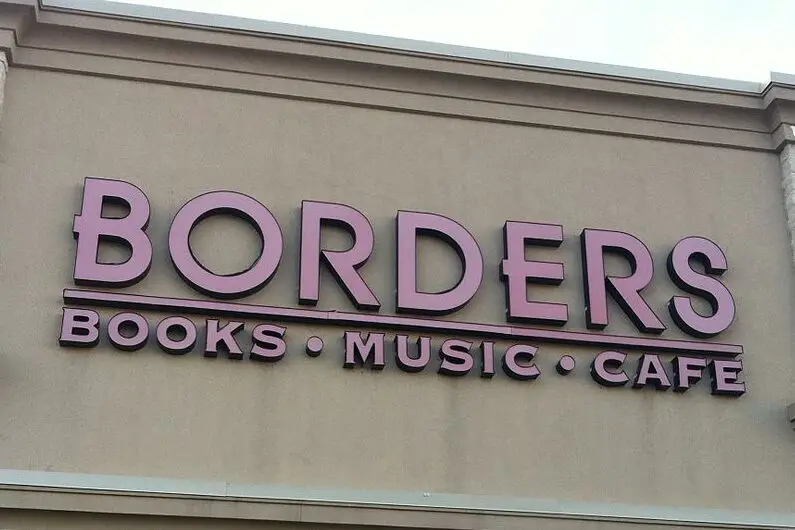
Remember Borders, the bookstore chain that once felt like a second home to book lovers? Founded in the early ’70s, it grew to over 500 stores nationwide. Borders wasn’t just about selling books; it was a community hub with comfy chairs, author signings, and a surprisingly good café. Unfortunately, they struggled to adapt to the rise of e-commerce and e-books, and by 2011, the company filed for bankruptcy. It’s bittersweet to think about the weekends spent browsing their aisles, but their legacy lives on in how we value physical bookstores today.
3. Pan Am

Pan American World Airways, or Pan Am, was the epitome of glamor in air travel from the 1920s to the ’90s. It wasn’t just an airline; it was a cultural icon with its stylish uniforms and luxurious in-flight service. Pan Am pioneered international flights and even introduced the first jumbo jets. However, rising fuel costs, competition, and the devastating Lockerbie bombing in ’88 led to its demise in 1991. For many, Pan Am symbolizes a golden age of aviation that we’ll likely never see again.
4. Toys “R” Us
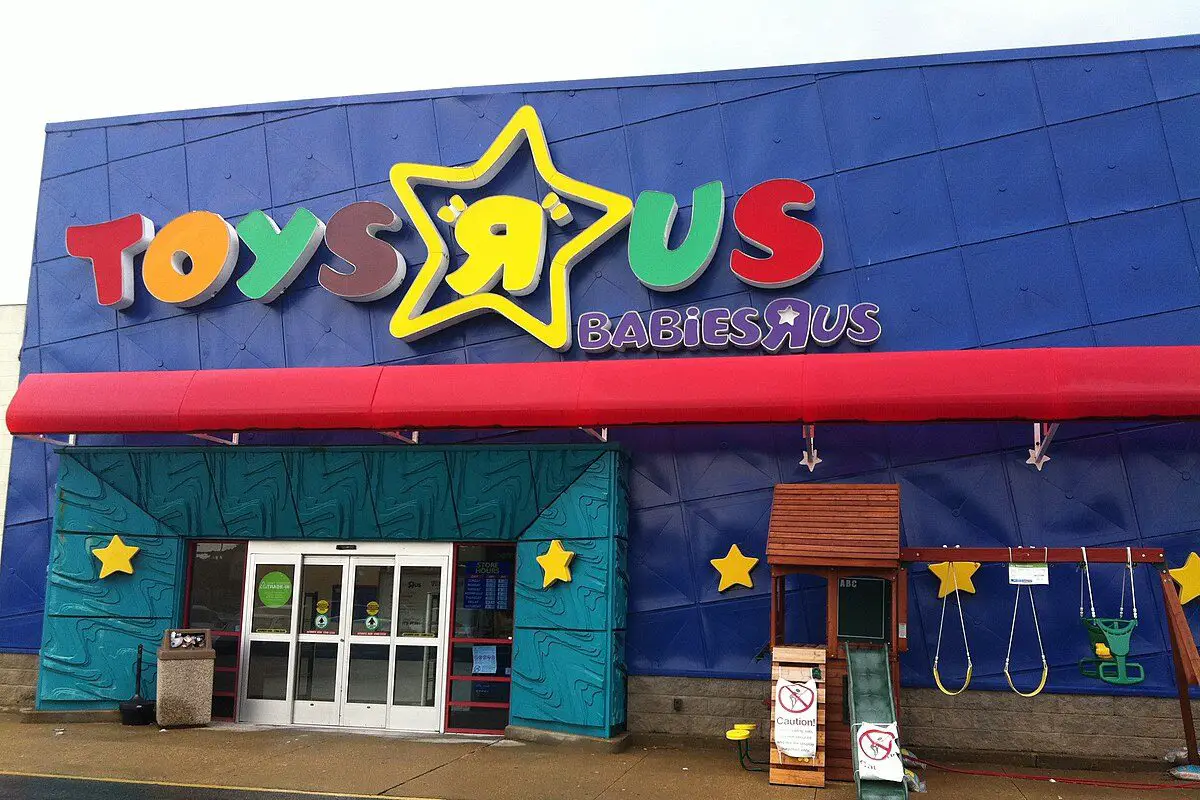
Ah, the joy of being a Toys “R” Us kid! This toy store giant was the ultimate destination for children (and nostalgic adults) from the ’50s through the 2010s. With its endless aisles of action figures, board games, and bicycles, it felt like heaven. However, mounting debt and competition from online retailers like Amazon spelled the end, with most stores closing in 2018. While it’s tried to make a comeback with smaller pop-up locations, it’s not quite the same as the sprawling toy wonderlands of yesteryear.
5. Blockbuster
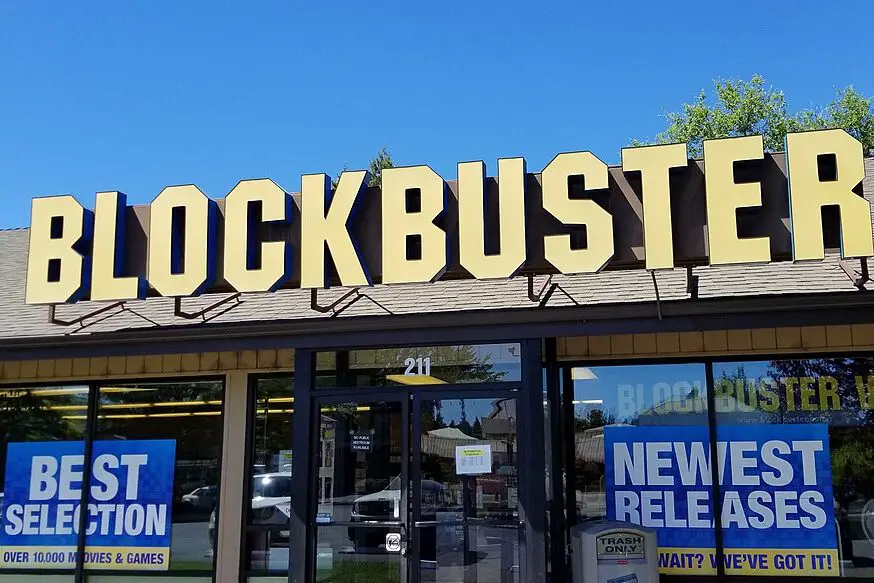
Friday nights in the ’90s weren’t complete without a trip to Blockbuster. With rows of VHS tapes and DVDs, it was a ritual to pick out a movie (or three) for the weekend. But as streaming services like Netflix gained traction, Blockbuster couldn’t keep up. By 2010, they filed for bankruptcy, and now only one store remains in Bend, Oregon. Visiting that last Blockbuster feels like stepping into a time capsule, a reminder of when entertainment was a tactile experience.
6. Sears
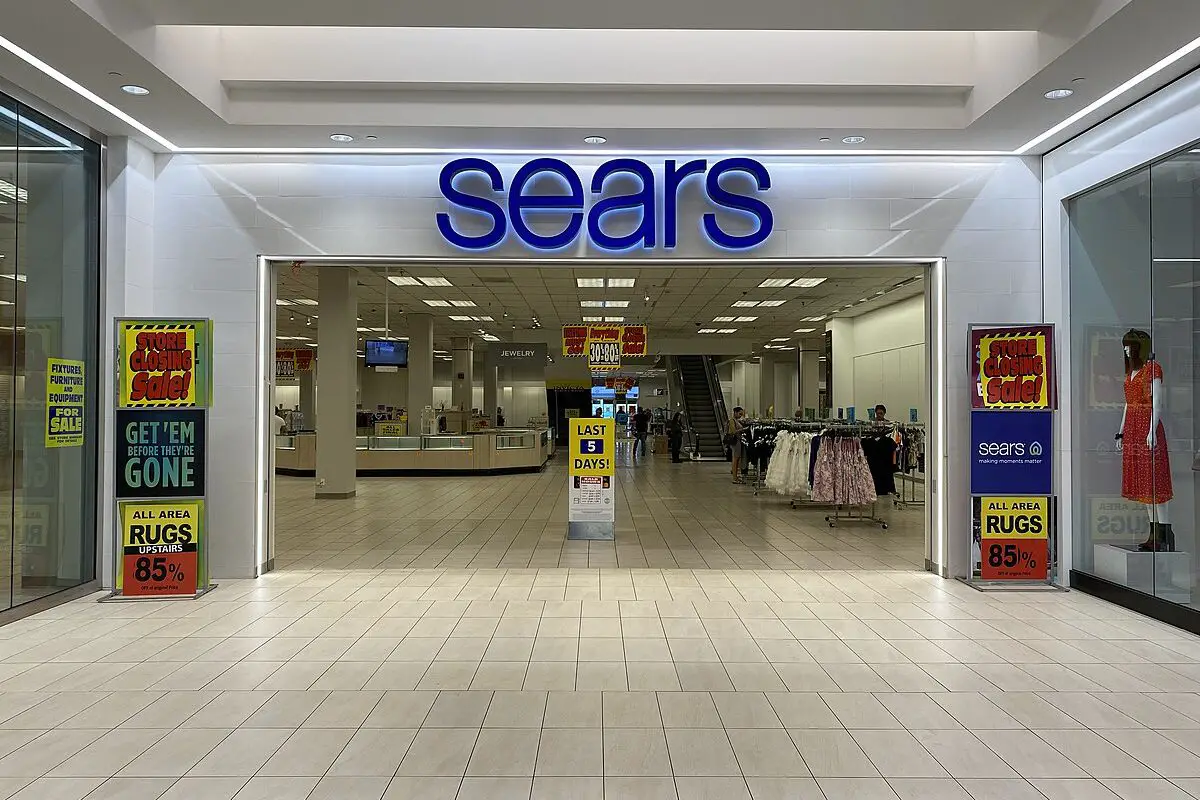
Sears was once the go-to department store for everything from appliances to clothing. Founded in the late 19th century, it revolutionized shopping with its mail-order catalog that brought the world to your doorstep. By the ’60s, it was a retail powerhouse, but decades of mismanagement and fierce competition from Walmart and Amazon caused its downfall. While a few locations still linger, the Sears of today is a shadow of its former self. For many, it’s hard not to feel nostalgic about its heyday.
7. Circuit City
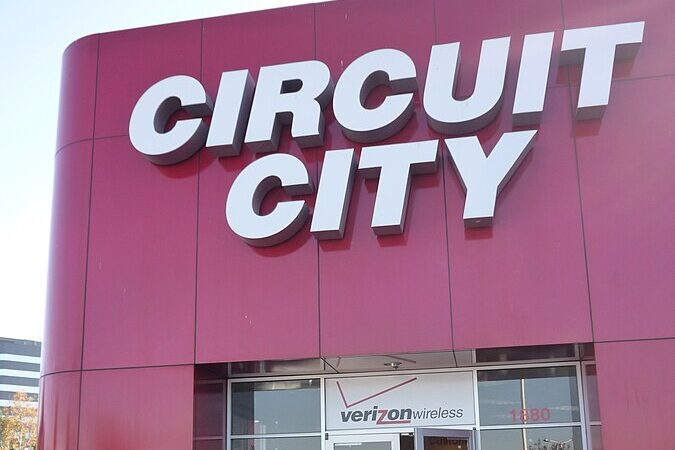
Electronics enthusiasts probably remember Circuit City, a tech lover’s paradise from the ’80s through the early 2000s. It was one of the first retailers to embrace the digital age, selling everything from TVs to car stereos. But their inability to compete with Best Buy and online giants like Amazon led to their closure in 2009. Though the name has been revived in a smaller online capacity, it’s a far cry from the brick-and-mortar giant it once was.
8. Woolworth’s
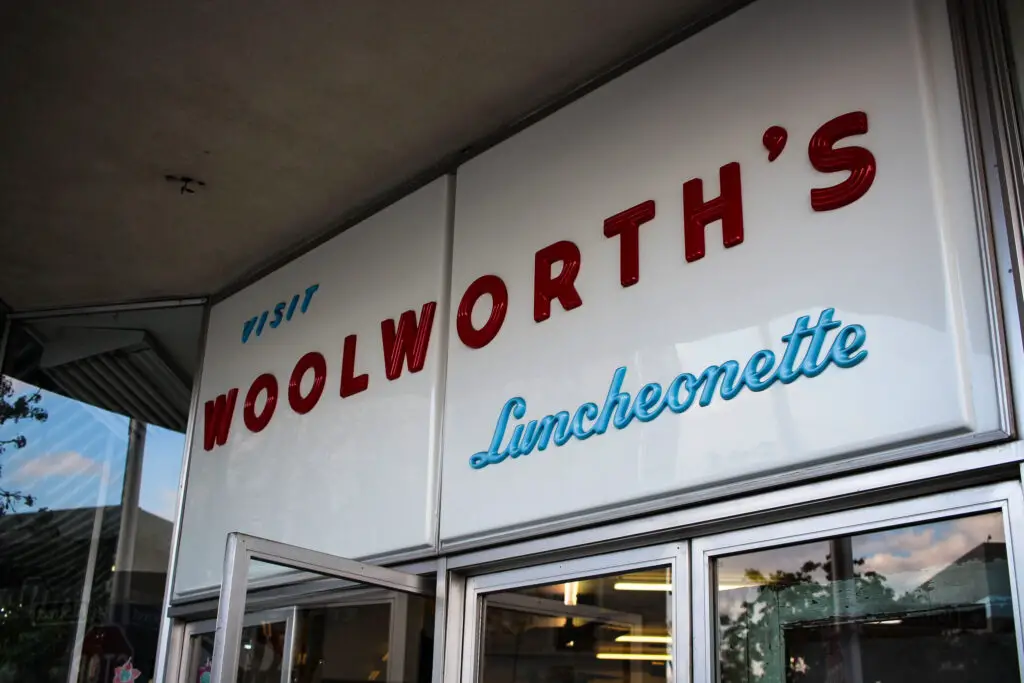
Once dubbed the “Five-and-Dime” store, Woolworth’s was a staple of American shopping for over a century. Founded in 1879, it was the Walmart of its day, selling everything from candy to housewares. Woolworth’s also holds a place in history as a key location for civil rights sit-ins in the ’60s. By the ’90s, competition from big-box stores caused it to fade away, with the last U.S. store closing in 1997. Today, its legacy survives in its UK counterpart and as a reminder of simpler shopping days.
8. Compaq
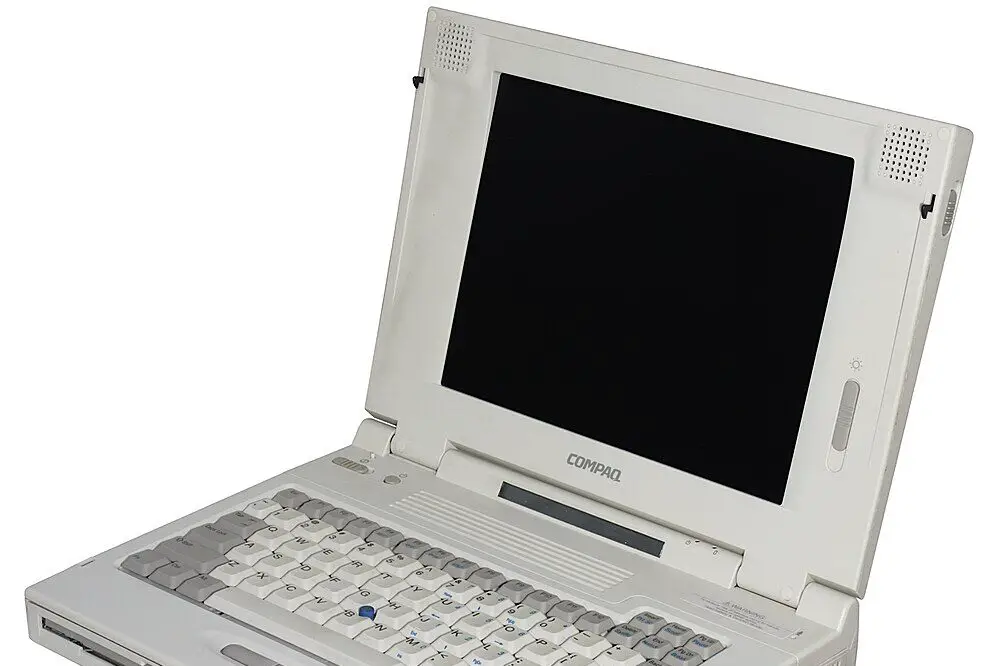
In the world of tech, Compaq was a trailblazer in the ’80s and ’90s, producing some of the first portable computers. At its peak, it was one of the largest PC manufacturers, competing head-to-head with IBM. But as Dell and HP grew stronger, Compaq couldn’t keep up. HP eventually acquired the brand in 2002, and it was phased out. While Compaq is gone, its influence is seen in the laptop market we rely on today.
10. Oldsmobile
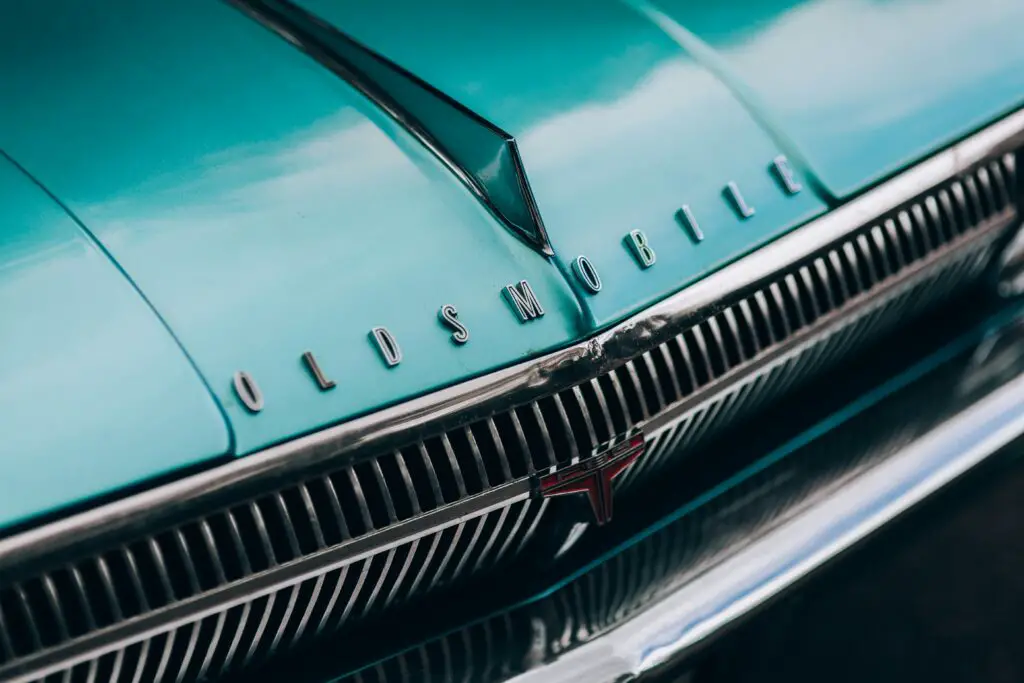
Oldsmobile, founded in 1897, was one of America’s oldest car brands and a symbol of innovation. Known for stylish and reliable cars, it thrived for decades under General Motors. However, shifting consumer tastes and GM’s restructuring led to its discontinuation in 2004. Seeing an Oldsmobile on the road today feels like spotting a rare piece of automotive history.
11. Kodak
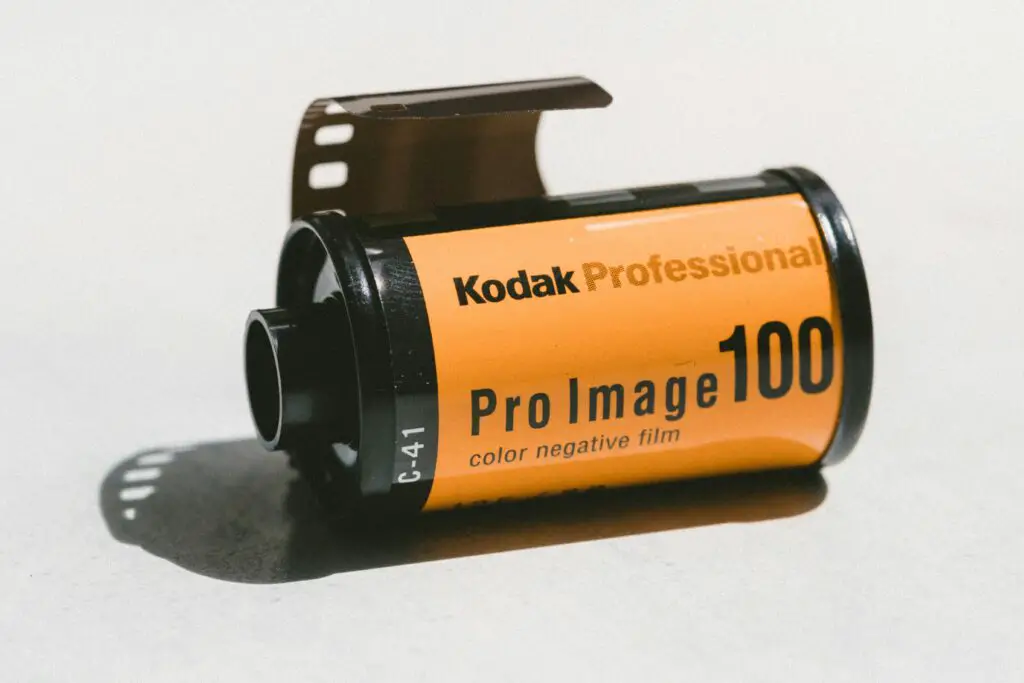
Kodak was synonymous with photography for much of the 20th century. The company dominated the market with its cameras, film, and “Kodak moments.” But when digital photography took over, Kodak struggled to adapt and filed for bankruptcy in 2012. While the brand still exists in some capacity, it’s a shadow of its former self. For many, Kodak represents a time when photos were tangible treasures, not just files on a screen.
12. Tower Records

Music lovers of the ’80s and ’90s will remember Tower Records as the ultimate destination for buying albums. With its vast selection and iconic yellow-and-red logo, it was a cultural hub for audiophiles. However, the rise of digital music platforms like iTunes and Napster made physical music stores less relevant. By 2006, Tower Records closed its doors. Its legacy lives on in documentaries and the nostalgia of vinyl collectors.
13. American Motors Corporation (AMC)
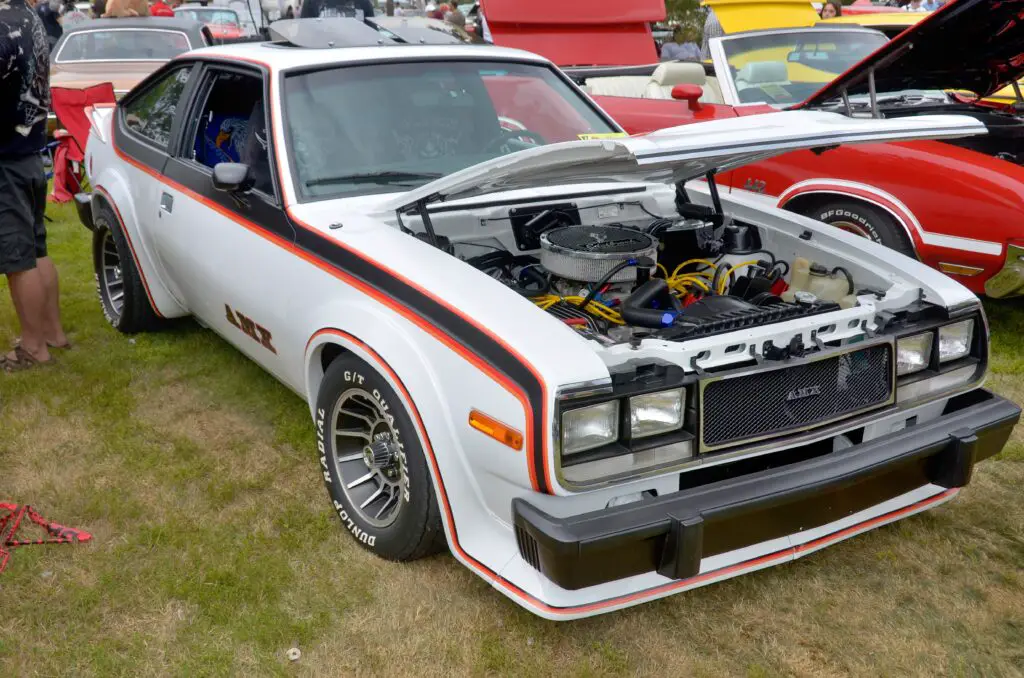
Before SUVs became mainstream, AMC was innovating with models like the Jeep Cherokee. Founded in 1954, it was known for unique, quirky cars like the Gremlin and the Pacer. However, financial struggles led to its acquisition by Chrysler in 1987. Jeep survived, but the AMC brand disappeared, leaving behind a legacy of daring designs.
14. Pets.com

Who could forget the adorable sock puppet mascot of Pets.com? This dot-com-era company promised to revolutionize pet care by delivering supplies straight to your door. Unfortunately, its rise was too fast and its spending too reckless, leading to its collapse in 2000. Pets.com has become a cautionary tale of internet startups that burned bright and fizzled out, but it paved the way for modern online pet retailers.


